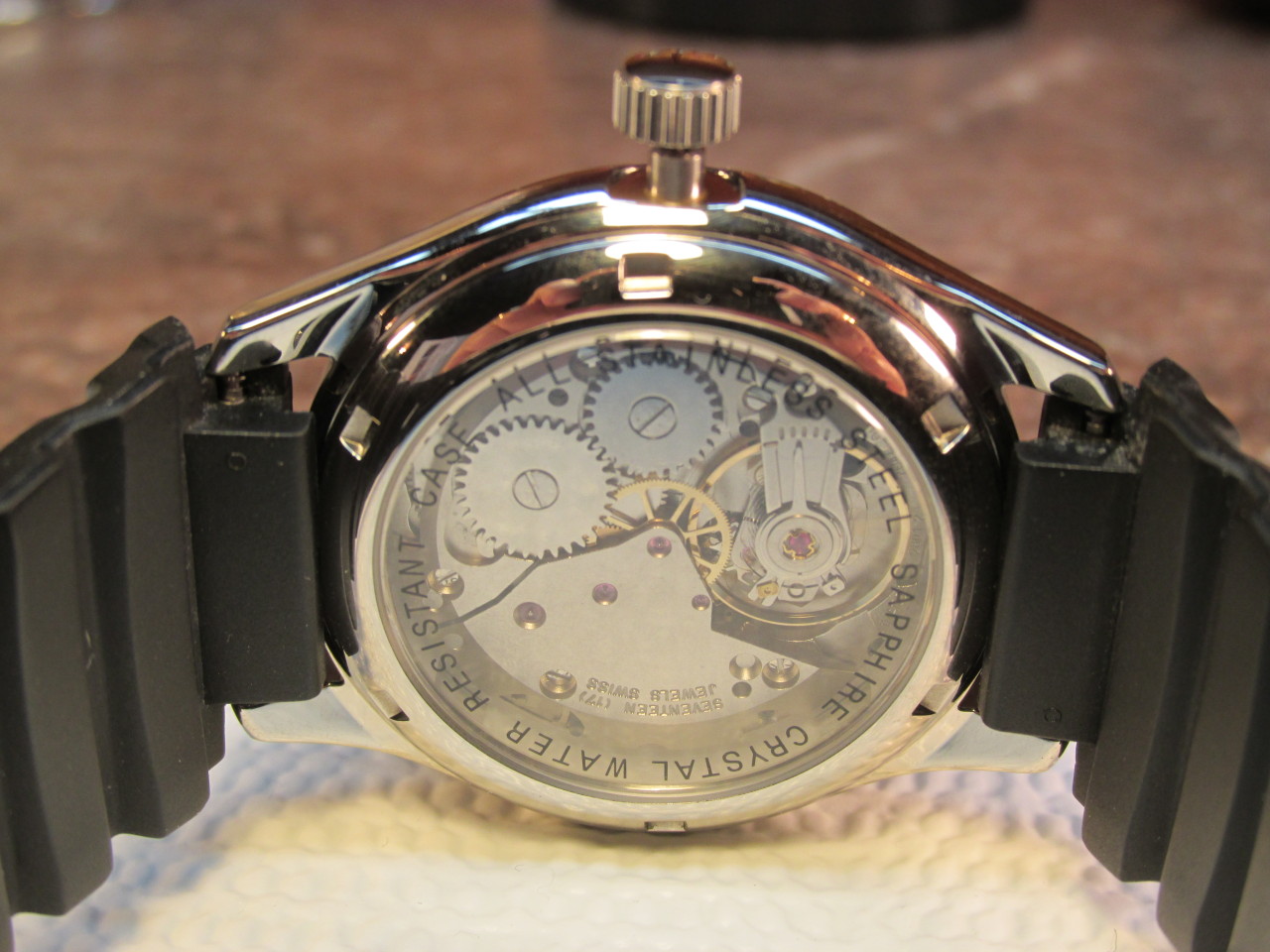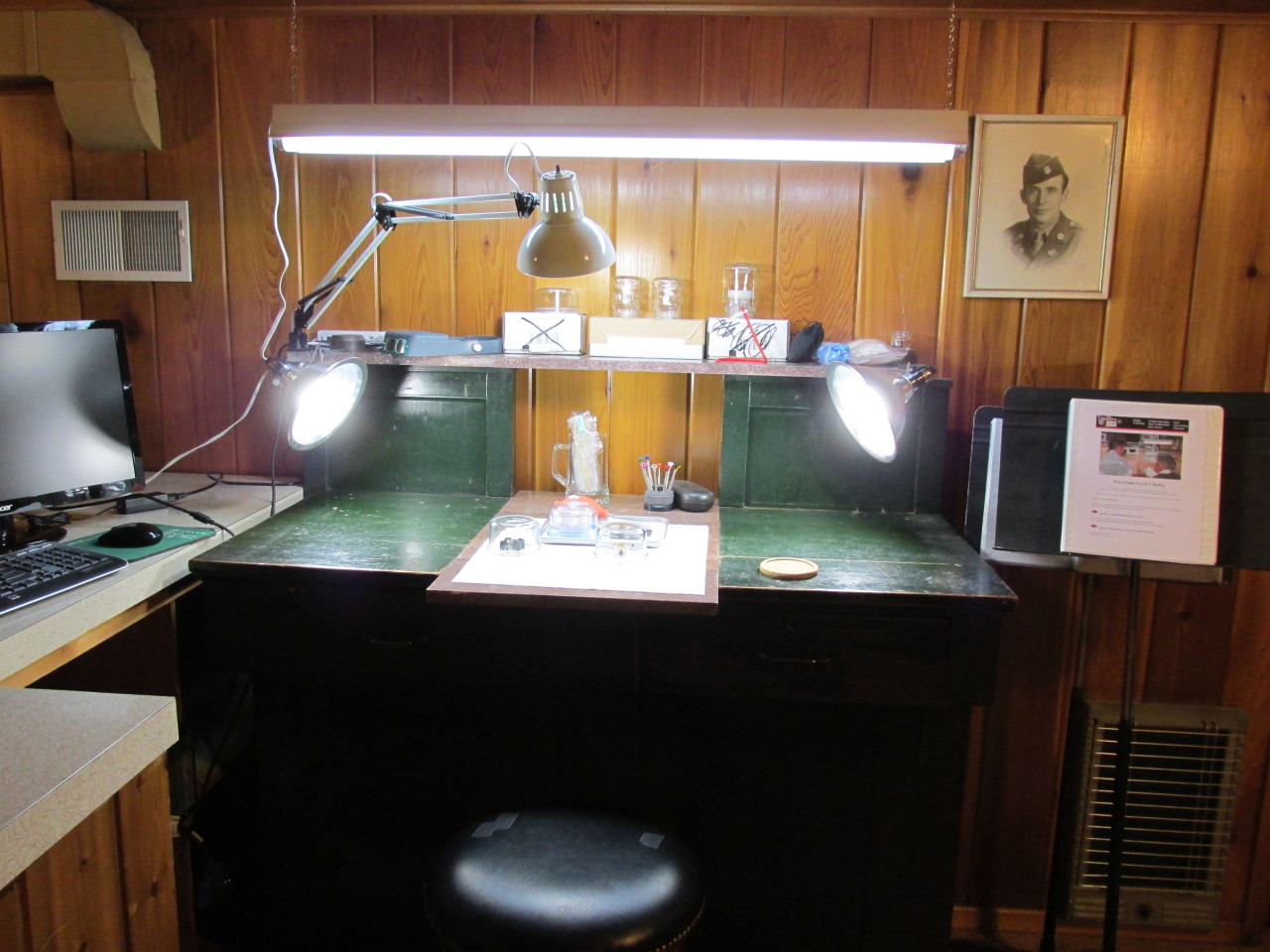
02/15/2016
Horology & Astable Multivibration
Mechanical watch movements have stirred my imagination since childhood. I find the movement of the gears, the escapement ticking back and forth and the magical microscopic world in which it all functions in to be mesmerizing. I also like to take things apart; unfortunately I have never been successful with putting mechanical watches back together much less keeping any sort of time as we know it. So I set out to find some instruction and a proper movement to learn how to succeed in this task.
As luck would have it, I found both. Timezone.com hosts a watch school. The on-line school has three courses available, level one through level three. The instruction is based on the ETA 2801-2, 2804-2, 2824-2 and 2836-2 family of movements. The instructor is Machiel Kalf, he is a Master Watchmaker who teaches watchmaking in Amsterdam.
All three courses guided me effortlessly through the disassembly, inspection, lubrication and re-assembly. I found lubrication to be the most challenging skill to acquire. To digress a bit, before you start the course you need to select your parts. The selection process involves what type of watch face, hands, case, crown and band. I like anything to do with Ironman so I cannibalized a Timex Ironman for the band, I picked the face and hands for tactical purposes…. and the sapphire back so I could gaze at the operation.

After completing my build, I found the timepiece to be fast by four seconds per twenty four hour period. While journeying through my escapade in horology, it occurred to me the astable multivibration of the escapement is very similar to the fundamental operation of a computer. It turns out; the very first analog electronic circuit introduced to me was the BJT Astable Oscillator (Multivibrator) circuit. The Astable Multivibrator is another type of cross-coupled transistor switching circuit that has NO stable output states as it changes from one state to the other all the time.

I discovered this entire exercise has drawn me closer to mathematics. After figuring out the formula for astable oscillation, I was able to construct a circuit that oscillated at exactly one second. This exercise in time and math elevated my understanding of how technology evolved from mechanics to electronics.

End of blog. Thank you for reading!
Back to 2016© 2025. This work by Isaiah Keating is openly licensed via CC BY-SA 4.0